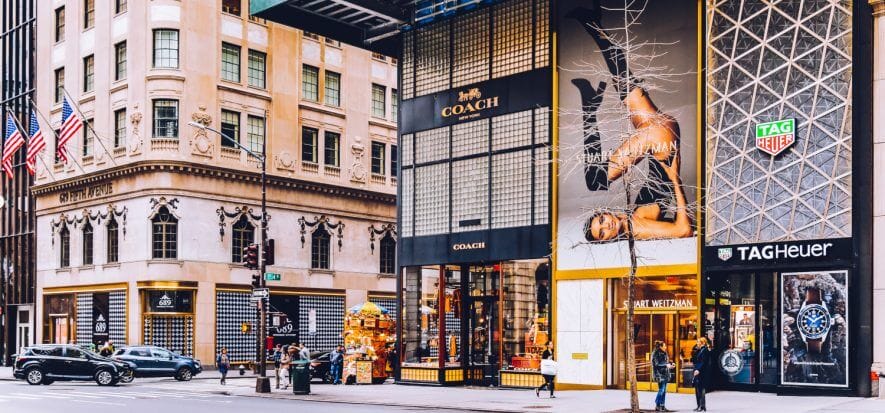Sales are falling, now that luxury is in the “normalisation” phase, and brands are reviewing their strategies. They are not only focusing on how to increase revenues (mostly by raising prices and expanding the offering into new categories), but are also thinking about how to reduce costs. Each, in a polarised market, as they can. Those with a full wallet invest in real estate, i.e. diversify and save rents. Those, on the other hand, who are gasping, or prefer a cautious approach, dispose of less profitable assets.
Are sales falling? The burden on the supply chain
That times are not the best is now a fact. We see this above all in the production chain. In the Tuscan leather goods district, more than 250 third-party companies have their production at a standstill. That is to say, as the Corriere Fiorentino writes, about 4,000 workers are supposedly laid off. According to the data of the Bilateral Body of Tuscan handicrafts (EBRET), and therefore relating only to artisans, the number of applications for CIG has risen from just over one hundred to one thousand. And negotiations between employees, companies and brands are also underway to alleviate the catastrophic consequences of the situation.
Those who can, invest
Analysts have already said and repeated that they expect a reduction in sales volumes in 2024. How do brands react? The strategies are different. And often combined. Revenues are acted upon. Those who can increase prices, target high-spending customers, expand product and category offerings, open new shops. And they open with a new strategy, which focuses on boutique ownership and no longer on rents. This applies to luxury brands that have the wind in their sails: if the rents are astronomical, they invest and buy the whole building. Prada‘s more than USD 800 million and Kering‘s approximately USD 1 billion deals on Fifth Avenue in New York (pictured Shutterstock) should also be seen in this perspective. With LVMH apparently negotiating the space occupied by Bergdorf Goodman’s. Operations that follow some already completed in Europe.
Those who cannot, sell
But in anticipation of a possible contraction in revenues, there are those who implement a more defensive strategy. We just wrote that Tapestry might divest itself of the Versace and Jimmy Choo brands, to reduce debt and offer investors more growth potential. Now, VF Corp has announced a strategic review of its brand portfolio. This means two things. One: the possible divestment of Supreme, Timberland, Dickies and others. Two: the intention to focus on Vans and The North Face. The announcement comes along with the release of quarterly figures (October-December 2023): revenues drop 16% to USD 3 billion. VF Corp has already planned 500 redundancies.
Read also:










